When the 2023 U.S. Open men’s doubles draw was released, I scanned the draw as I normally would. I checked which seeds landed in each quarter to see which potential week two matchups looked intriguing. I circled the best popcorn first-round matchups. I noticed the fun American wildcard pairings and unseeded dark horses, and I paid particularly close attention to where Juan Sebastian Cabal and Robert Farah landed in the draw.
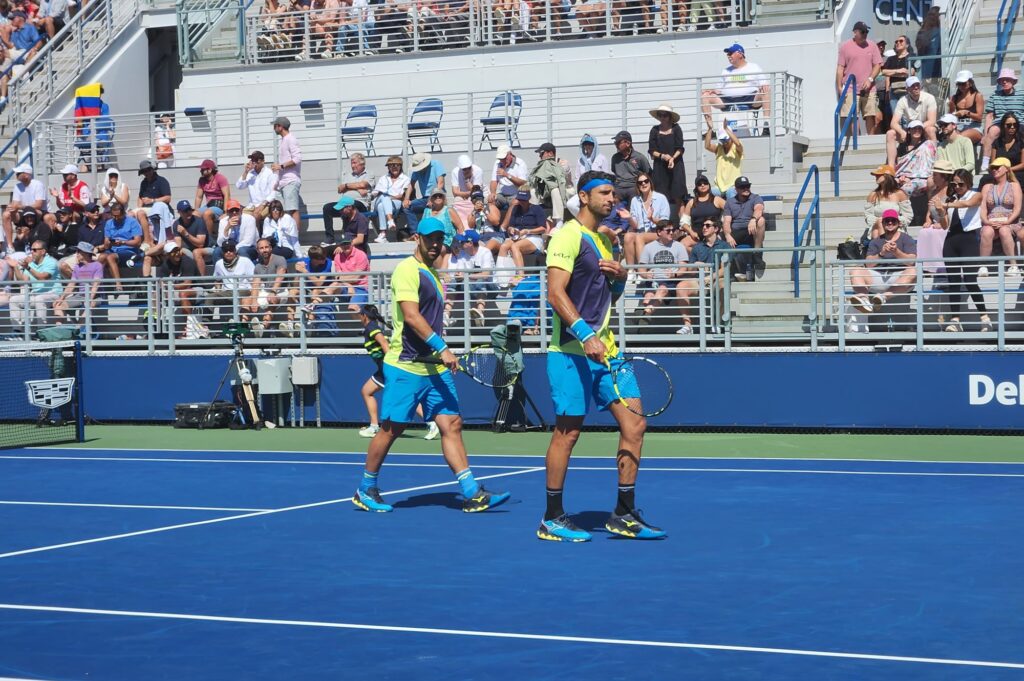
Shortly before the U.S. Open, the beloved Colombian doubles team announced this event would be the last grand slam of their career. Fittingly, the 2019 Wimbledon and U.S. Open champions declared their retirement plans together, as one team, which was exactly how they carried themselves throughout their career.
Both former World No. 1s and two-time grand slam champions, Cabal and Farah’s doubles ranking slipped over the last year due to various injuries and family priorities. Consequently, they were unseeded at the U.S. Open. They landed in perhaps the most challenging section of the draw, with a potential second-round match against the No. 1 seeds and 2023 Wimbledon champions, Wesley Koolhof and Neal Skupski.
Colombian Fans Create Davis Cup-Like Atmosphere at Cabal & Farah’s Final Match
Fortunately, both teams won their first-round matches against difficult American opponents, setting the stage for a highly anticipated clash of doubles titans in the second round. I was lucky enough to grab a front-row seat and consider it one of the top matches I witnessed during my week-long U.S. Open experience.
It was a standing-room-only spectacle, pitting the best doubles team of 2023 against the best doubles team of 2019.
As expected, the passionate Colombian fanbase in New York packed the stadium, creating an atmosphere reminiscent of a Colombian Davis Cup match on home soil. Fans shouted energetic cheers after every winning point as Colombian flags waved proudly and chants of “OLE’, OLE’, OLE’” echoed throughout the stadium.
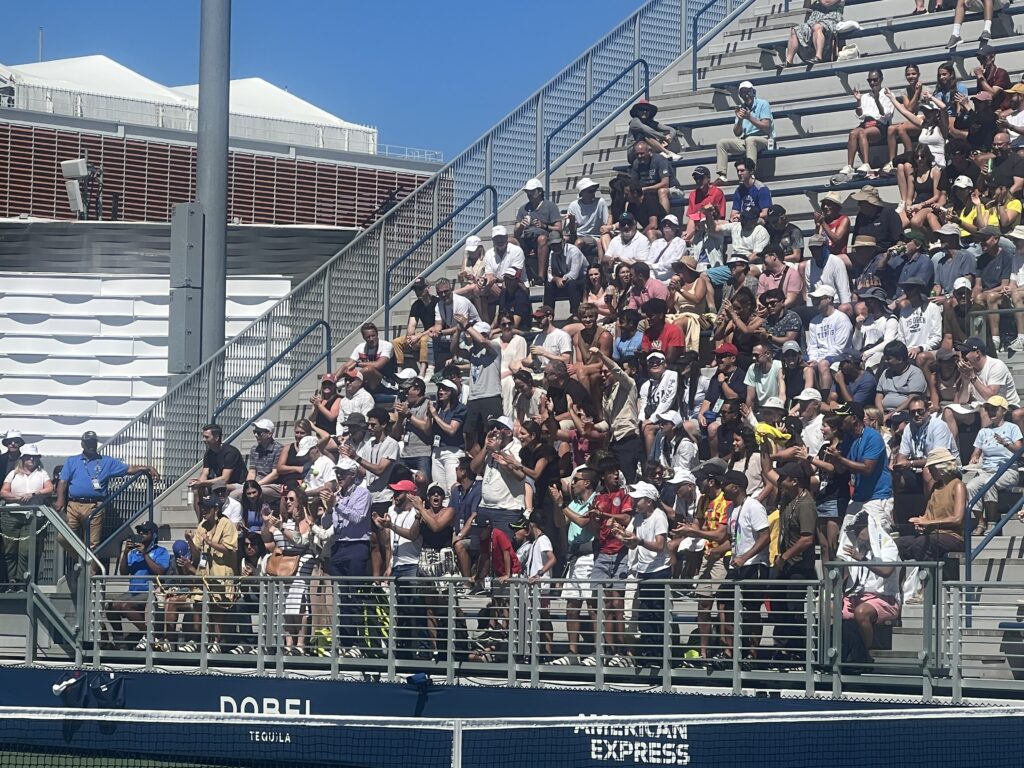
In the end, Cabal and Farah succumbed to Koolhof/Skupski in a highly entertaining three-set match, 7-6, 1-6, 6-3. It was a remarkable display of doubles and, though disappointing for Colombian fans, it was a vintage performance from Cabal and Farah that reminded us why they were among the best doubles teams of the current era.
Beyond the result, however, what struck me was the passionate doubles cult following that Cabal and Farah built throughout their career. Unfortunately, this level of excitement for doubles is not typical for most doubles matches on tour.
Empty stands, lack of marketing and TV coverage, and relatively unknown doubles teams with high partnership turnover are a few of many issues plaguing professional doubles.
As I reflected on the incredible match atmospheres that Cabal and Farah cultivated, it got me thinking about what the perfect doubles partnership formula consists of.
Related Podcast
Doubles Only Podcast: 16 Experts Offer Ideas to Grow Doubles
5 Lessons from Cabal and Farah’s Partnership to Help Grow Doubles
For nearly two decades, Bob and Mike Bryan were the backbone and face of ATP doubles. Since they retired in 2020, Cabal and Farah have arguably been the most popular men’s doubles team. Becoming a household name in professional doubles is an uphill battle that takes time to build.
By examining a few key characteristics of Cabal and Farah’s partnership, we can learn a lot about the core ingredients of a successful doubles team, both on and off the court, that can help grow professional doubles.
1. Team Loyalty
In tennis, doubles partnerships are often compared to dating. Many players choose their partners based on who they enjoy being around or get along with off the court. In a sport of many highs and lows, some teams stick them out together while others jump ship after the first bad loss or difficult situation.
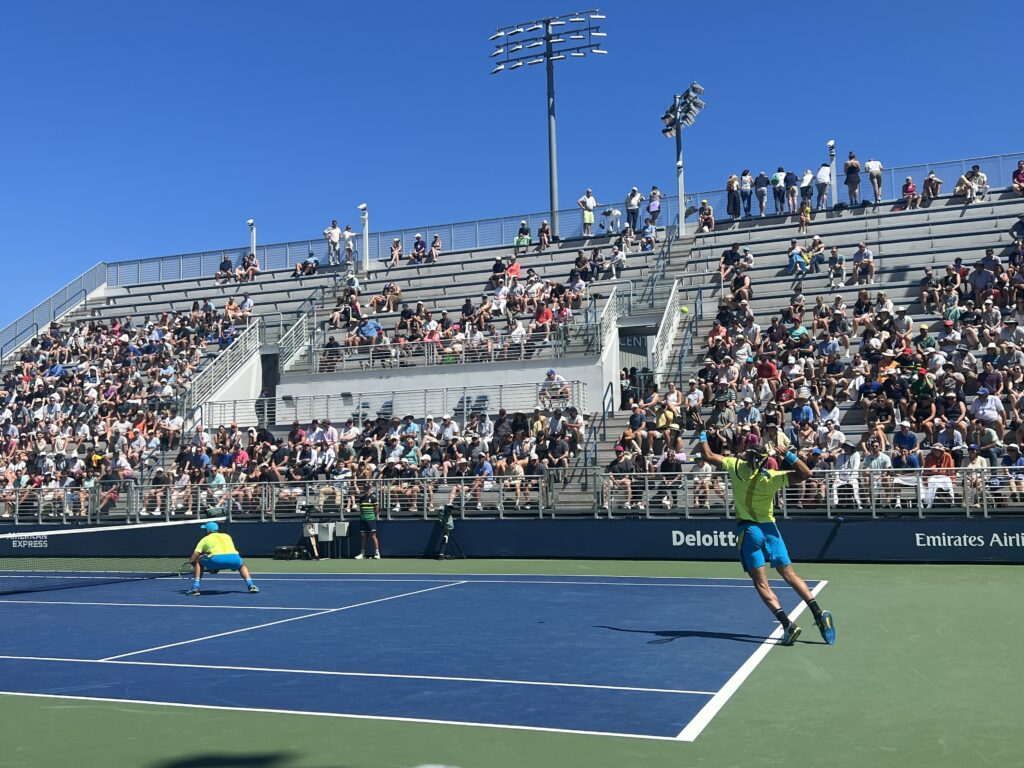
Cabal and Farah are a shining example of a team committed to staying together. Of Cabal’s 379 career doubles wins, 336 matches (89%) came alongside Farah. Even more convincing, 344 of Farah’s 353 career doubles wins (97%) came with Cabal. This is an extremely rare feat in today’s doubles game of high partner turnover where a “grass is greener” mentality is often the norm.
How can doubles incentivize teams to stay together longer?
In an interview with ATP Tennis Radio Podcast, top doubles player Neal Skupski posed an intriguing idea: binding contracts where doubles teams commit to playing together for a set time, similar to other professional sports leagues.
Hosting the ATP and WTA Finals at the end of the year is one way that currently incentivizes top teams to play together for the calendar year. But is this enough? It’s common to see teams split at the end of the year to start fresh with a new partner the following year.
2. Career Longevity
Doubles has at least one clear advantage over singles. Players can extend their careers longer since they only cover half the court. Most top players on the ATP doubles tour range from their early 30s to early 40s.
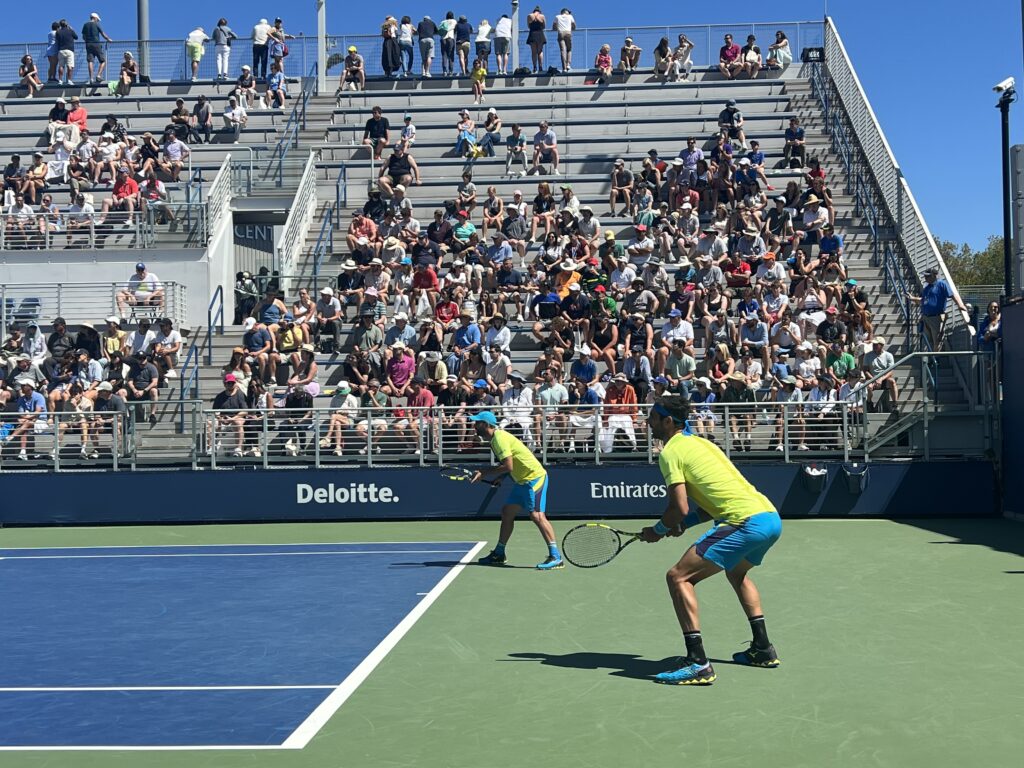
Cabal, 37, and Farah, 36, have known each other for over 30 years and played together for the last 13 years. They have a long personal history and a sense of camaraderie that is rare on the doubles circuit.
It can take years, or even decades, to grow a doubles fanbase for a particular player or team like Cabal and Farah. The longer players continue playing and more often teams stay together, the better chance doubles has to develop long-term household names and compelling rivalries while expanding its popularity for devoted and casual tennis fans.
How can tennis’ governing bodies encourage longer doubles careers?
Will Boucek, founder of The Tennis Tribe, recently suggested a doubles World Cup-style event, where only the best teams of the last four years qualify. Such an event could encourage players to stick together and perhaps extend their careers to enjoy a final victory lap at the doubles World Cup.
3. National Unity
In any sport, there’s a heightened energy level when you’re cheering for a player or team from your home country. Throughout their career, Cabal and Farah wore the Colombian flag proudly and shattered national tennis records.
They were the first Colombian tennis players in singles or doubles to achieve the No. 1 ranking, win a grand slam title, win a Masters 1000 title, and qualify for the ATP Finals. Two days after winning the 2019 Wimbledon title, Cabal and Farah were awarded the Great Cross of the Order of Merit by Colombian President, Ivan Duque.
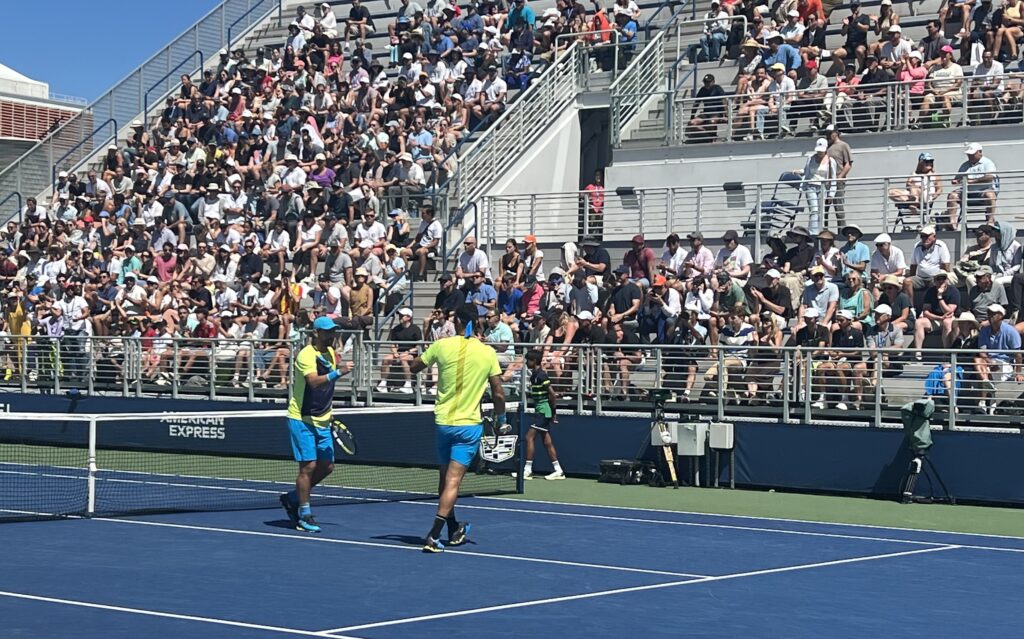
When players from the same country partner up, particularly from a nation with a less rich tennis history like Colombia, it naturally unites an entire national fanbase to cheer for their homegrown talent. Currently, The Olympics, Davis Cup, and now, the United Cup, are a few prominent events where countrymen and countrywomen have the chance to share the court together.
How else can tennis encourage a nationalist mindset in doubles?
My take: National federations could play a more proactive role in pairing, developing, and investing in doubles partnerships from their home country. The results and trajectory of these teams would be fascinating to watch unfold.
4. Consistent Brand Identity
For a new fan at a tournament wandering doubles courts, a frustrating or confusing aspect is not knowing who to root for when all four players on the court wear different outfits.
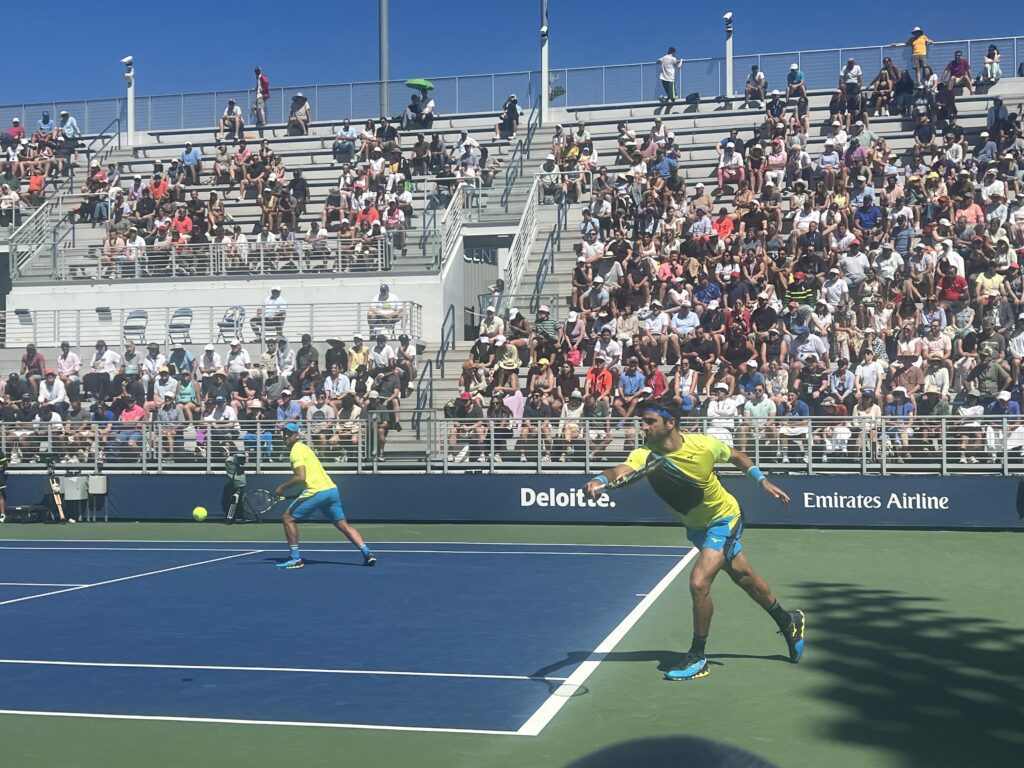
Some top teams take this more seriously than others, but in my opinion, the teams who dress together, stay together. Teams that dress the same establish a consistent team brand identity and showcase a team-first mentality.
In their last match at the U.S. Open, Cabal and Farah proudly donned Colombia’s national colors with a bright yellow shirt and blue shorts. Throughout their career, they consistently dressed alike, slowly building their doubles brand.
How can doubles partners build their brand as a unified team?
TENNIS.com writer, Joel Drucker, suggests that doubles players should wear jerseys with their last names on the back, similar to other sports. This would help new fans quickly learn each player’s name and story and give them a reason to root for a specific team.
Related Podcast
Joel Drucker Interview: Veteran tennis writer Joel Drucker offers creative ideas to grow the doubles game in a podcast discussion with Will Boucek.
5. Energy & Emotion
The most compelling doubles teams wear their emotions on their sleeve. They pump up and encourage their partners, engage the crowd, and aren’t afraid to show frustration or sadness when they lose. The raw emotional display adds excitement to the game.
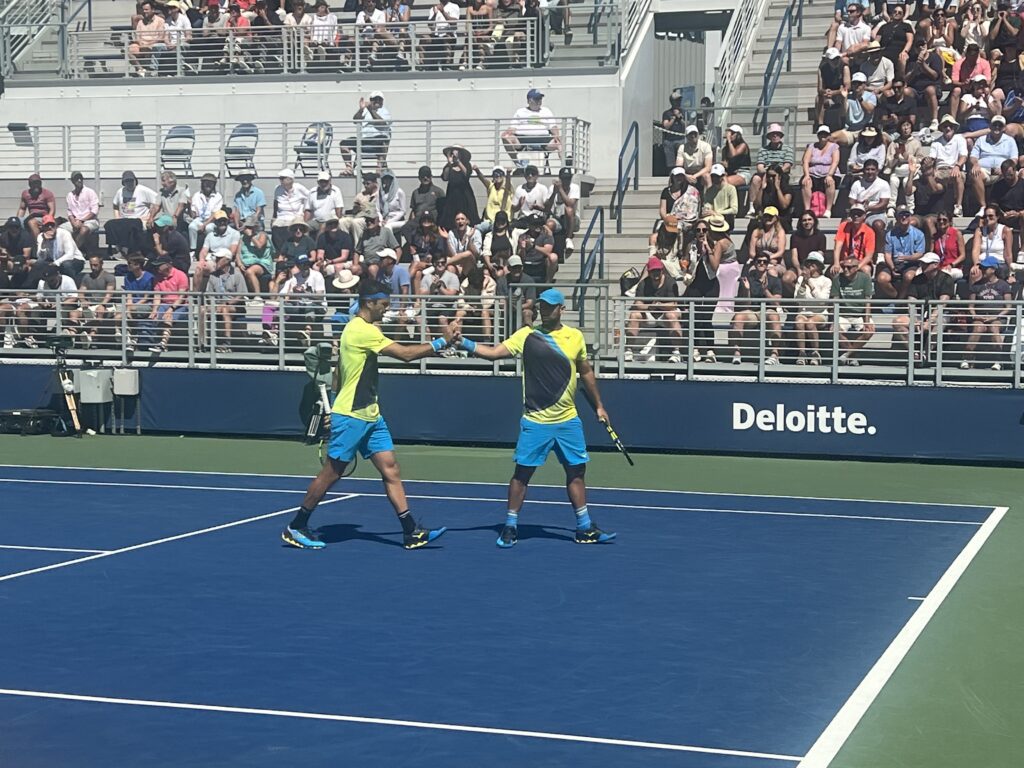
While sitting courtside for Cabal and Farah’s last U.S. Open match, I felt all the emotions. After exciting points, they gave each other huge fist bumps and encouraged the crowd to get loud. After losing points, they showed signs of frustration and encouragement. I even remember Farah getting annoyed at Cabal when he chased down a ball and tried to hit a tweener unsuccessfully.
How can tennis encourage players to show more raw emotion and energy?
This one is tougher since you can’t change the DNA of a player or a doubles team. However, creating a high-energy atmosphere that encourages players to be more vibrant and emotional is a good way to start.
Doubles could evolve into a party-like atmosphere that throws traditional tennis etiquette out the door. Why not play music in between points and let fans sit, stand, or wander freely throughout the stadium?
This shift could help even the most introverted doubles players show more emotion while attracting a new fanbase looking for a more energetic atmosphere.
Growing Doubles is a Two-Way Street
Big picture: The more doubles can differentiate itself from singles, the better the overall product. But it can’t just happen with a few simple rule changes from the tennis powers that be.
Doubles players should take matters into their own hands by becoming their own brand ambassadors, following Cabal and Farah’s Legacy as the perfect formula for creating a popular, passionate, and successful doubles partnership.
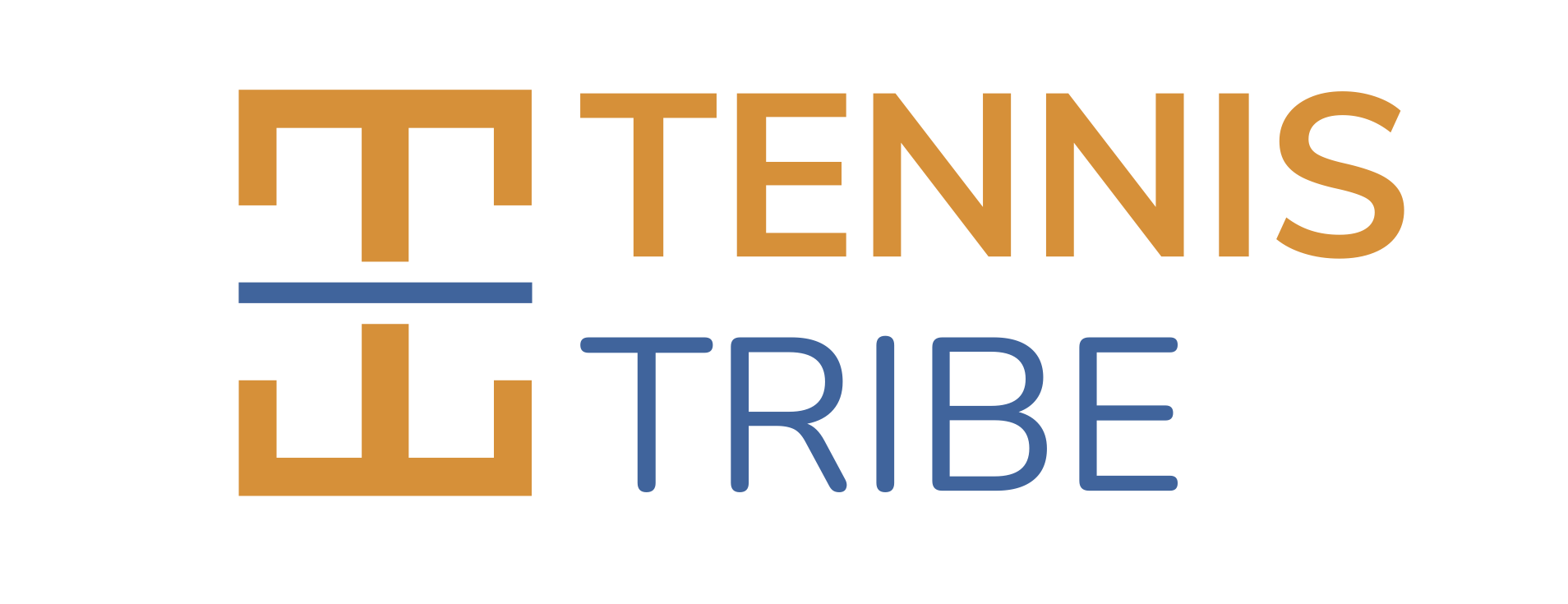
Leave a Reply